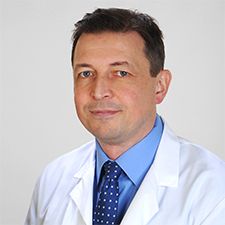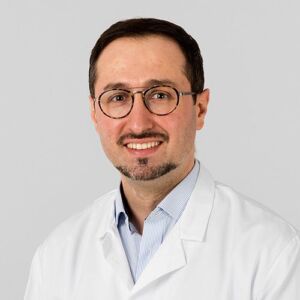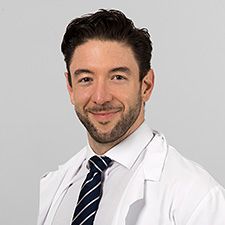The USZ is one of the largest stroke centers in Switzerland. An experienced team of specialists in neurology, neuroradiology and anesthesiology treats stroke patients quickly and with the appropriate therapy around the clock.
Many years of expertise
Our clinic is an internationally renowned institution in the field of diagnostics and minimally invasive, image-guided treatment. We treat diseases of the brain, the spinal cord, the peripheral nervous system and its associated organs (eyes, hearing and balance organs, etc.) and the surrounding structures on the head, neck and spine.
The latest treatment methods
At the Department of Neuroradiology, we use the most modern interventional methods, the most advanced materials and instruments and the latest imaging techniques. This enables us to offer every patient the best possible treatment.
Partner network
In weekly interdisciplinary conferences with experts from neurosurgery, neurology and neuroradiology, we develop an individual treatment concept for each case, which we then discuss with our patients. To ensure optimal therapeutic success, our international team of experienced neuroradiological interventionists works closely with experts from other highly specialized clinics as well as with outstanding nursing and rehabilitation specialists before, during and after the procedure.



